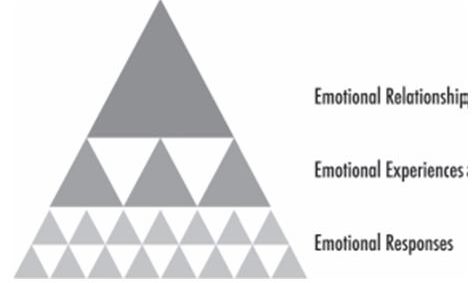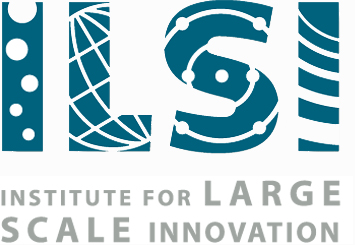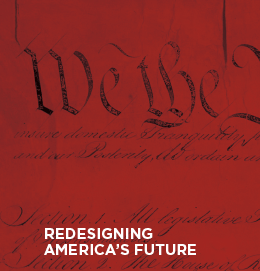How Does Your Table Make You Think-and-Feel?
Sunday, May 17th, 2009 Quick, how many tables do you have in your house? How many tables do you interact with throughout the day? For most of us the answer is lots. Desks, kitchen tables, restaurant tables, work tables, benches, coffee tables, bars and so on. The fact is you spend a lot of time “at the table” and more to the point of this blog, a lot of your cognition (perceiving, remembering, thinking, deciding, feeling, interrelating, etc.) happens at a table.
Quick, how many tables do you have in your house? How many tables do you interact with throughout the day? For most of us the answer is lots. Desks, kitchen tables, restaurant tables, work tables, benches, coffee tables, bars and so on. The fact is you spend a lot of time “at the table” and more to the point of this blog, a lot of your cognition (perceiving, remembering, thinking, deciding, feeling, interrelating, etc.) happens at a table.
 Yet, with the rare exception, tables have been left out of the cognitive design revolution. They are functional, easy to use and delight our senses but we have not taken the next step to design tables that enhance how we think and feel.
Yet, with the rare exception, tables have been left out of the cognitive design revolution. They are functional, easy to use and delight our senses but we have not taken the next step to design tables that enhance how we think and feel.
What an opportunity!










